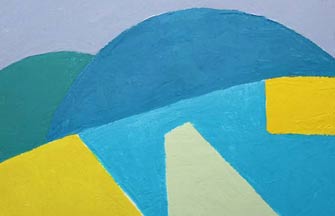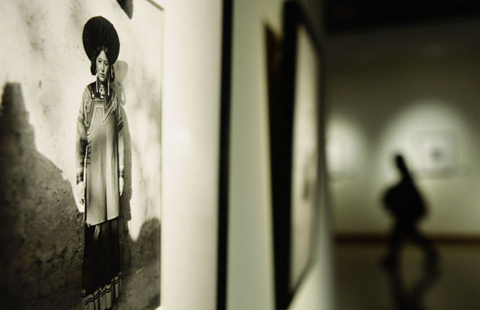Documentary shows heart of cleft-palate efforts
By Liu Zhihua ( China Daily ) Updated: 2013-10-24 07:35:43
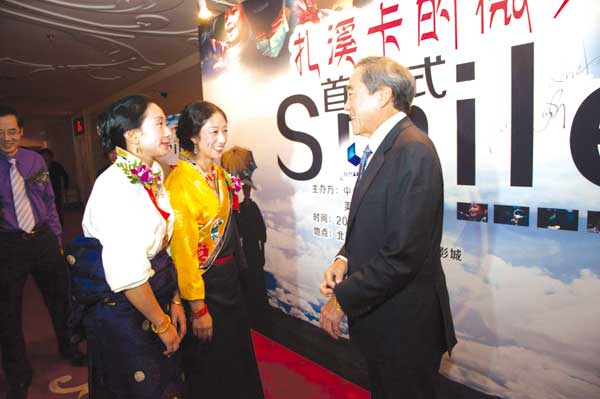 |
|
Traga Lhamo (center) and Yeshe Lhamo, the two sisters who work in the county government of Dzachuka, express their thanks to Charles Wang on behalf of the patients at the premiere of the documentary. |
"Before approaching Dzachuka, we had never imagined that there would be such a poor and barren place, or that there would be so many children suffering cleft lip and palate," says Jiang Hao, vice-director.
People there live mostly on government allowance. Most of them don't speak Mandarin and the area seldom sees any visitors.
| Driven by smiles |
The production team had to ride on horseback to visit patients living in remote areas, carrying heavy equipment on their own back.
Jiang fell from his horse twice, and the wounds didn't heal even two months after shooting was finished. The photography director developed pneumonia, after he rushed into a cold river to rescue trapped passers-by, and is still recovering from complications.
Worse, their Tibetan guide and photographer fell from a collapsing staircase and broke three vertebrae when he was climbing a roof to shoot a scene.
It is a miracle that he recovered, after two major operations and months of hospitalization, says Wang Chongxiao, the director.
Liu Wen, director at CCTV-9, speaks highly of the documentary and its production team. "The documentary is a fruit of the cooperation between CCTV-9 and Smile Train," Liu says.
"We hope through the documentary more people can better know the cleft patients and do something for them."
|
|
|
|
|
|
|
|



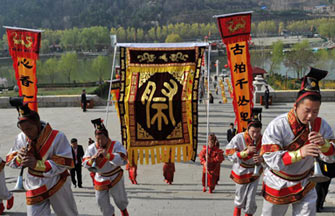
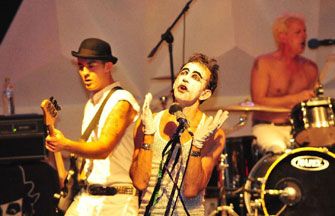
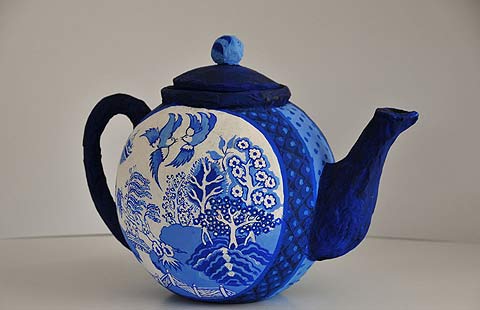
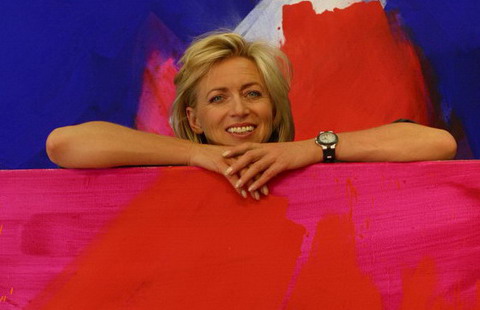
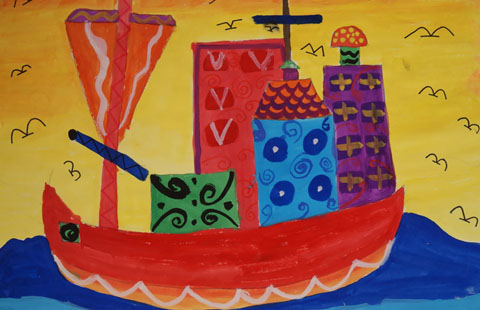
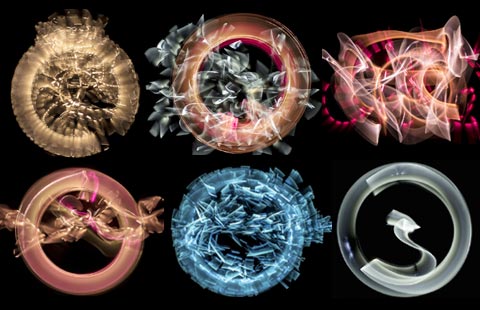








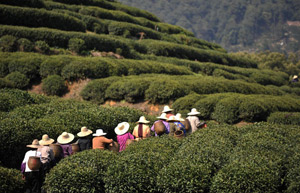


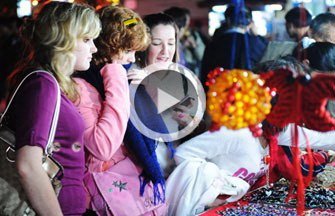
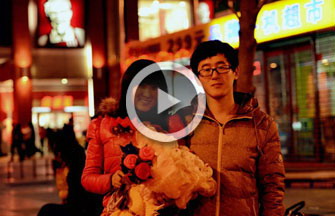
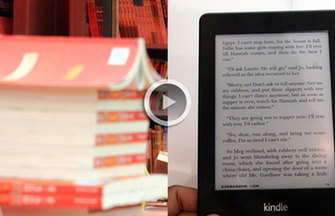
 Raymond Zhou:
Raymond Zhou: Pauline D Loh:
Pauline D Loh: Hot Pot
Hot Pot Eco China
Eco China China Dream
China Dream China Face
China Face
